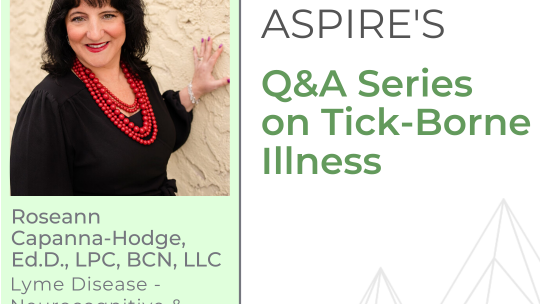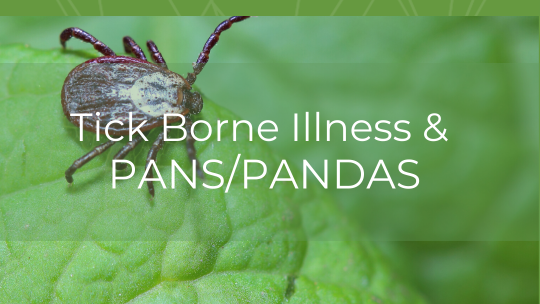Anti-lysoganglioside and other anti-neuronal autoantibodies in post-treatment Lyme Disease and Erythema Migrans after repeat infection
Brian A.Fallon, BarbaraStrobino, SeanReim, JulieStoner, Madeleine W.Cunningham Brain, Behavior, & Immunity – Health, Volume 2, February 2020, 100015. https://doi.org/10.1016/j.bbih.2019.100015
This study examines molecular mimicry targeting neural tissue after Borrelia burgdorferi (Bb) infection. Patients with Lyme disease have a greater frequency of specific anti-neuronal autoantibodies and functional neuronal activation compared to community controls without a history of Lyme disease.
“Highlights
- The EM + prior LD group had significantly elevated anti-neuronal antibodies.
- The EM + prior LD group had significantly elevated CaM Kinase activation.
- Anti-Lysoganglioside Antibodies are significantly elevated in the PTLS group.
- Prior infection may lead to immune priming and increased autoantibodies.”



